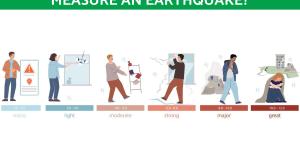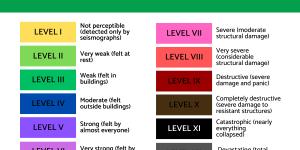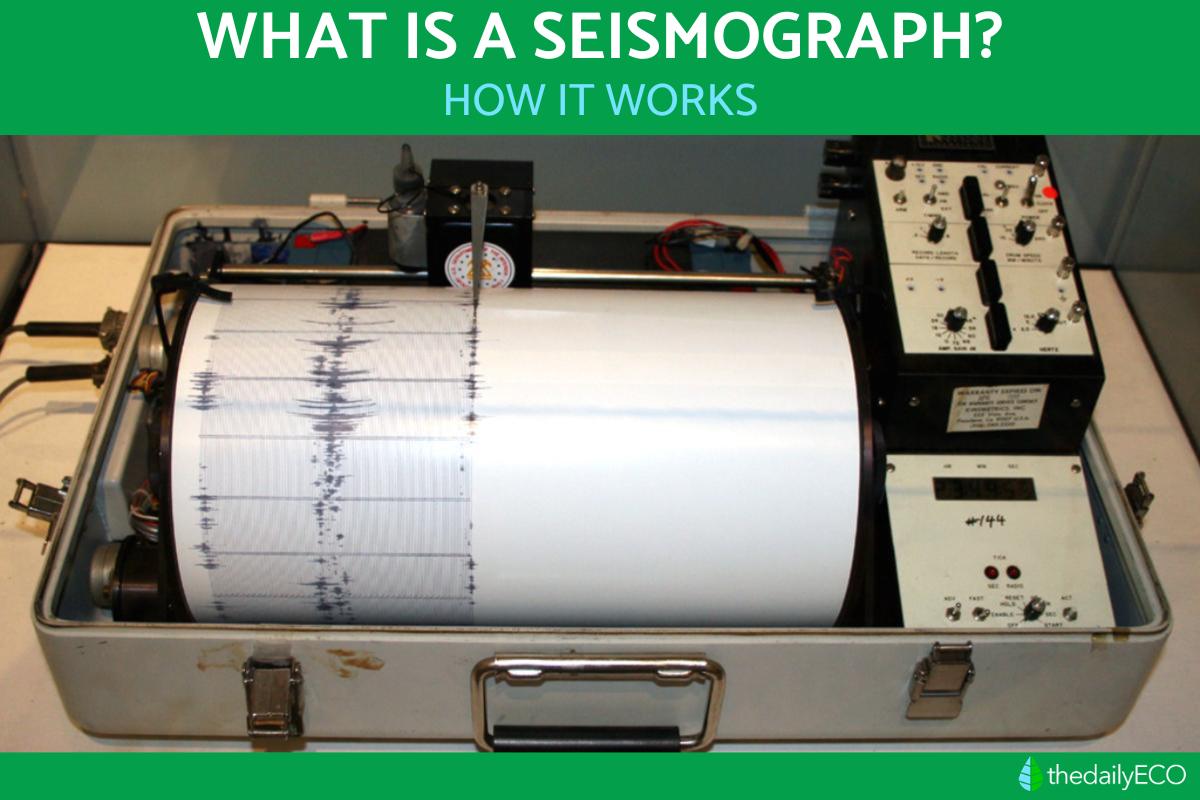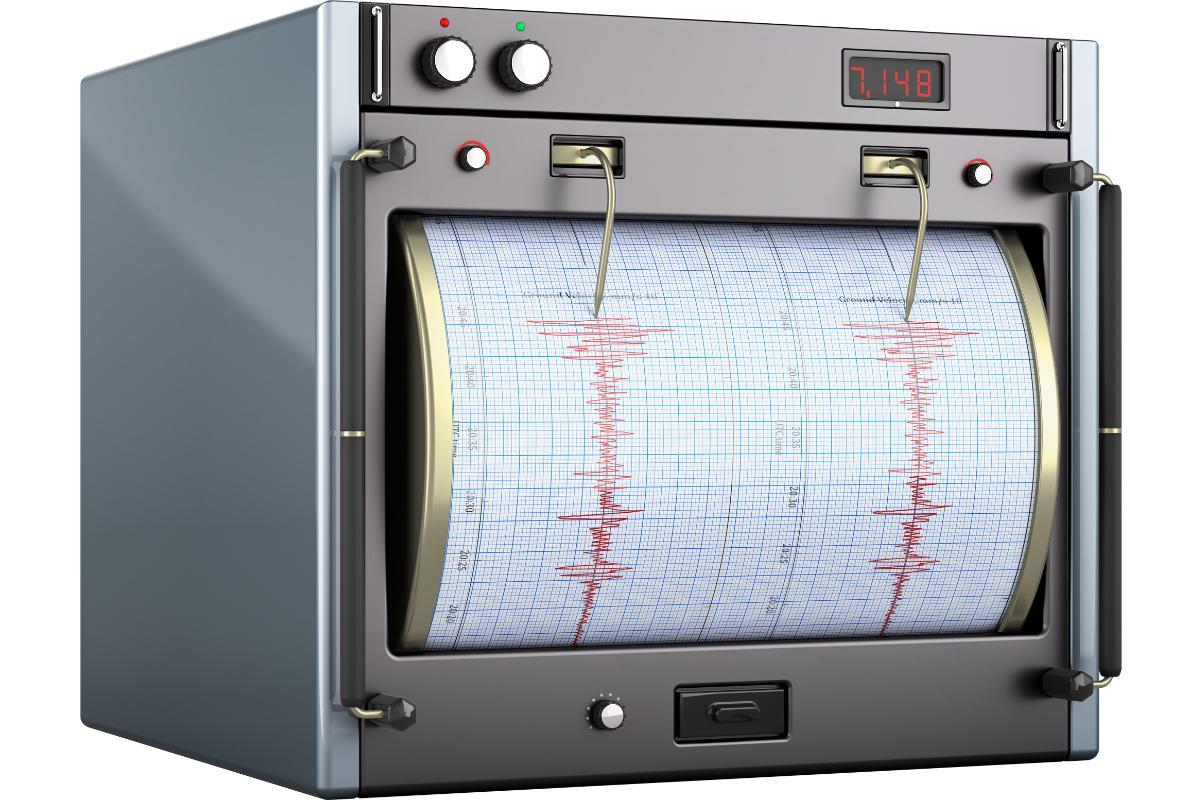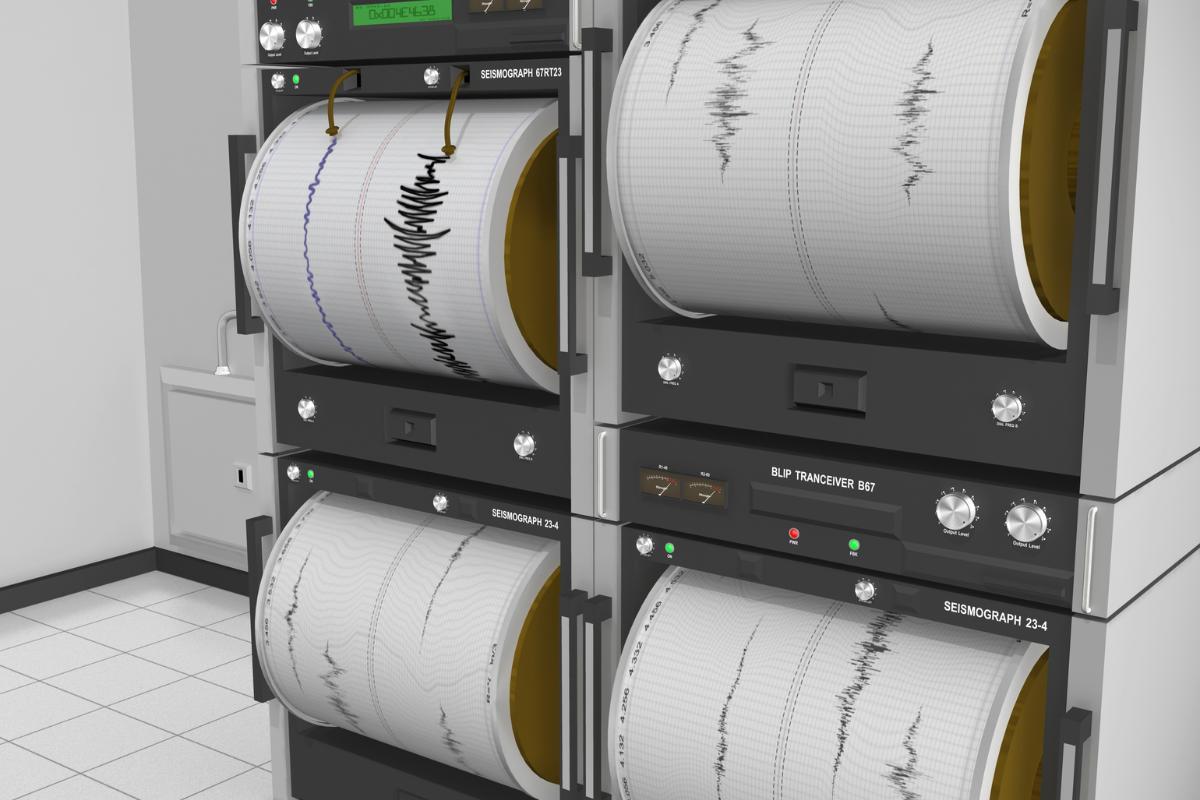What is a Seismograph and How Does It Work?


A seismograph is an instrument used to detect, measure and record ground movements caused by seismic phenomena. Such seismic phenomena include earthquakes, volcanic eruptions and even those induced by human activity such as those caused by explosions. Incorporating elements such as a seismometer and seismogram, a seismograph device is key in both the study of seismic activity and in understanding the internal structure of the Earth. To discover everything you need to know about recording seismic activity, thedailyECO asks what is a seismograph and how does it work?
What is a seismograph?
A seismograph is an instrument designed to detect and record the movements of the Earth, movements which manifest in seismic waves. Seismic waves are mechanical waves of acoustic energy which move through different layers of Earth. They can be caused by various phenomena, including earthquakes, volcanic eruptions and even manmade phenomena such as explosions.
By recording seismic waves, a seismograph can help us to understand these phenomena, as well as the internal structure of our planet. It is important to note that a seismograph cannot predict earthquakes or similar seismic phenomena.
While there are various types of seismograph, they all function based on the same basic principle. A seismograph has a seismometer, a sensor or device which detects ground motion when seismic waves pass. The core component of the seismograph seismic monitoring system, the seismometer is highly sensitive to vertical movement of the Earth.
When the seismometer moves, it records its motion onto a seismogram. These are the corresponding graphic records of the movement which provide data on the intensity, direction and duration of the movements. These data are important for seismologists, as they allow them to study the characteristics of earthquakes and the internal structure of the Earth. Seismographs are essential in seismic-prone regions and in geological research, helping to save lives and better understand our planet.
We explain more about the effects of seismic waves with our article asking what is an earthquake and how does it occur?
Who invented the seismograph?
The first seismograph was invented in 132 AD by Chinese scientist Zhang Heng. He created the first known device for detecting earthquakes called a seismoscope. This instrument was surprisingly ingenious for its time. It consisted of a bronze vessel shaped like a jar which had eight dragons carved into its surface, each holding a small ball in its mouth. Surrounding the bronze vessel were eight bronze toads with open mouths, placed just below the dragons.
When an earthquake occurred, an internal mechanism in the seismoscope caused one of the balls to fall into the mouth of the toad corresponding to the direction of the tremor. Although it could not record the intensity or duration of the earthquake, it did allow the direction of seismic waves to be identified. This helped to better understand basic concepts of seismic activity.
Over time, this idea was refined. In the 19th century, the development of modern seismographs was led by scientists such as Scottish physicist James Alfred Ewing. These scientists designed a more accurate model for measuring seismic vibrations. This marked the beginning of seismology as a modern science, allowing earthquakes to be recorded and analyzed in much greater detail.
Learn more about how we understand seismic phenomena with our article asking how does the Richter scale measure an earthquake?
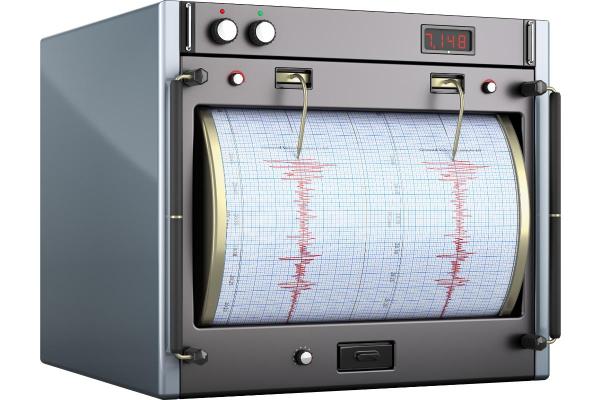
What is a seismograph used for?
A seismograph is used to measure, record and analyze ground motions. They play a key role in the study of seismic activity and other Earth-related applications. They are capable of capturing seismic waves generated by earthquakes, allowing the magnitude, epicenter and depth of the event to be determined. This information is vital for assessing the potential impact and coordinating emergency responses.
In order to monitor seismic waves, networks of seismic stations are used continuously to follow and study the movement of the Earth. Even the smallest tremors can be detected, something which can be indicators of future geological activity, such as aftershocks or volcanic eruptions. Our related guide explains what causes a volcano to erupt?
Data collected by seismographs allow us to study the Earth's internal structure. This includes the composition of the mantle and core, since seismic waves behave differently when passing through different materials. By interpreting seismic waves, we learn about the density and composition of the Earth's different layers. This is important since we cannot access these layers directly when they are so far below the surface of the Earth.
Although it is not possible to predict exactly when an earthquake will occur, seismographs help identify patterns of seismic activity in specific regions, allowing risk assessment and planning of mitigation measures. In modern systems, seismographs are integrated into early warning networks. When they detect primary seismic waves (which are usually less damaging), they can trigger alarms before the more destructive secondary waves arrive. This can buy precious seconds to evacuate or take other precautions.
Seismographs are also used in activities such as oil, gas and mineral exploration. Seismic waves help map underground structures, helping to avoid danger and better locate certain materials.
How does a seismograph work?
The operation of a seismograph is based on physical principles such as inertia and vibration. Although there are several types of seismograph, they all share a basic design that allows them to record ground movements in response to seismic waves in the Earth. We understand how seismographs detect these waves by looking at how a seismograph works:
Main parts of a seismograph
- Suspended mass (or pendulum): a heavy mass that remains at rest due to inertia, even when the ground moves. This is the seismometer.
- Fixed structure: the housing or frame of the seismograph that is firmly connected to the ground and moves with it during an earthquake.
- Recording system: this can be a pencil that draws on moving paper, an electromagnetic sensor that converts vibrations into electrical signals or a digital device that directly records data.
Operation of the seismograph
- When an seismic motion occurs, the seismograph structure vibrates along with the ground.
- Due to its inertia, the suspended mass remains in its initial position. This contrast between the motion of the ground and the mass generates a relative displacement that can be measured and recorded.
- Ground vibrations are converted into mechanical or electrical signals depending on the design of the seismograph.
- These signals are captured in a continuous graph called a seismogram. This demonstrates how the intensity of the vibrations varies over time.
Types of seismic waves detected
- P waves (primary waves): these are the first types of seismic wave to reach the seismograph, doing so because they travel the fastest. They compress and expand the ground in the same direction of propagation.
- S waves (secondary): arrive after the P waves and cause movements perpendicular to the direction of propagation.
- Surface waves: these are slower than P and S seismic waves, but tend to cause more damage to ecosystems and infrastructure because they travel close to the surface.
The latest models of seismograph are electronic and digital. Instead of pencils and paper, they use accelerometers and electromagnetic sensors to transform vibrations into digital data. This data is transmitted in real time to monitoring centers for rapid analysis.
Seismographs are calibrated to record movements of different intensities. Some detect very slight tremors which are imperceptible to humans. Others are designed to withstand and measure large movements.
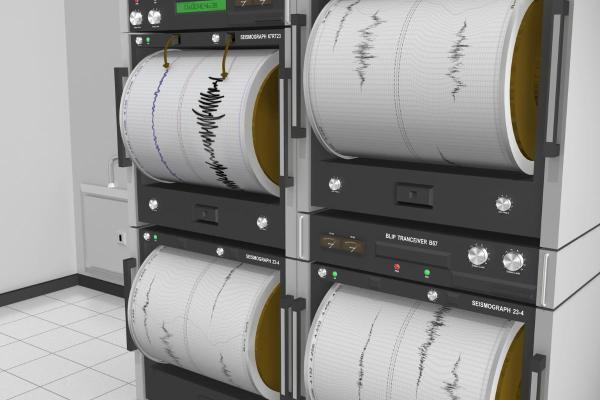
What is the difference between a seismometer and a seismograph?
In explaining how a seismograph works, we have looked at the different parts which constitute this device. We shared that they have a sensor which remains in place as the rest of the device moves with seismic activity, providing data on its intensity and duration. This sensor is known as the seismometer. It can differ according to the type of seismograph, but its basic principles remain the same.
The seismograph is the term for the entire device, including the seismometer. The seismometer can only provide data with the help of the other parts of the seismograph. These include the casing, recording drum and even the pencil used to mark the data on the graph. The resultant chart of the seismic data is known as a seismogram.
Discover more devices which are used to record natural phenomena on Earth with our articles asking what is a pluviometer and what does a hygrometer measure?
If you want to read similar articles to What is a Seismograph and How Does It Work?, we recommend you visit our Facts about nature category.
- Cabello, C. (May 3, 2021). Seismographs vs. Accelerographs. Earth Sciences Journal.
https://revistacienciasdelatierra.com/geociencias/geofisica/sismografo-vs-acelerografo/9146/ - Seismographs and Their Types. Scrib.
https://es.scribd.com/document/338067938/Sismografos-y-Sus-Tipos - History of the seismograph. CIRES, A. C.
https://blogcires.mx/2014/02/26/1386/


